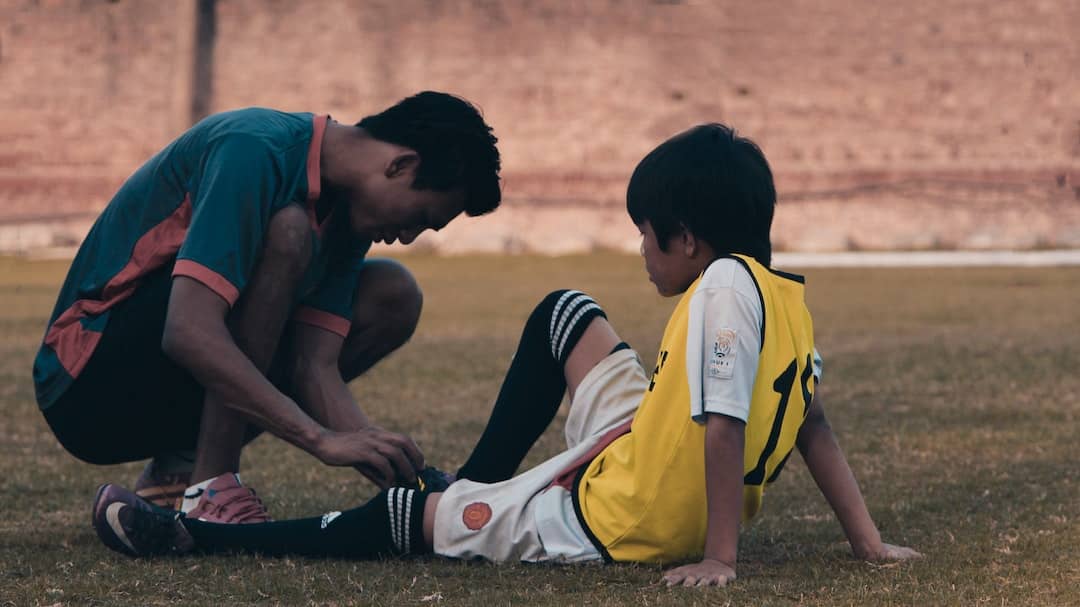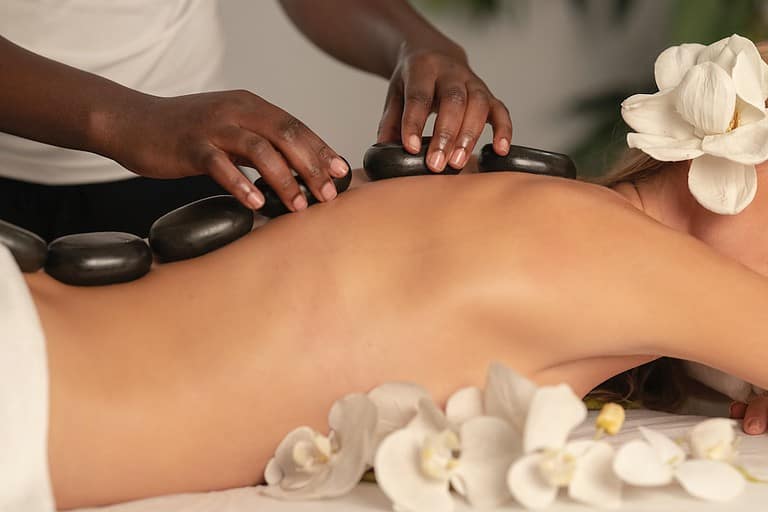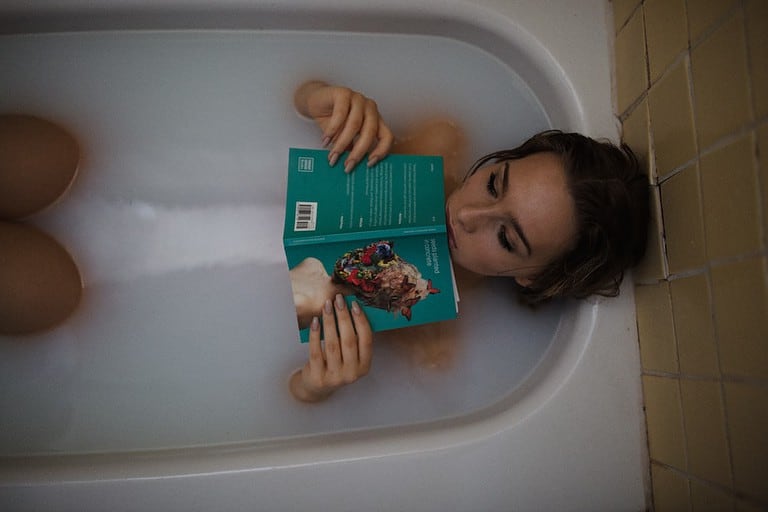What Is Hot and Cold Contrast Therapy: Benefits and Safety
What is hot and cold contrast therapy? Hot and cold contrast therapy is a popular form of self-care that can help the modern family be healthier and more independent. The practice involves alternating between hot and cold temperatures to improve circulation, reduce inflammation, stimulate nerve endings, relieve pain, relax muscles, and enhance recovery after physical activity or injury.
In this blog post, we’ll discuss what is hot and cold contrast therapy as well as the different types available for families who want to take advantage of its potential benefits. We’ll also cover safety considerations along with professional resources you may need if you decide to incorporate them into your health routine.
So get ready to learn all about how hot and cold contrast therapy can help your family!
Table of Contents
What is Hot and Cold Contrast Therapy?
Hot and cold contrast therapy is a type of physical therapy that uses alternating applications of hot (warm) and cold (cool) temperatures to treat muscle pain, joint stiffness, swelling, headaches, fatigue, sprains, strains, cramps, and spasms. The goal is to increase blood flow in the affected area while reducing discomfort or soreness.
A number of clinical trials have been conducted investigating the efficacy of hot and cold contrast therapy in treating various conditions such as chronic pain or inflammation. One example is a study published in 2023 that found that using alternating ice packs was effective at reducing pain intensity in patients with shoulder impingement syndrome.
There are many benefits associated with hot-cold contrast therapy, including reducing inflammation, improving circulation, alleviating pain, promoting healing, increasing range of motion, aiding recovery from injury or surgery, and enhancing athletic performance by speeding up recovery time between workouts.
Contrast therapy can also help reduce stress levels which may lead to improved overall health.
Types of Hot and Cold Contrast Therapy
There are many variations of contrast bath therapy.
Ice Baths
An ice bath is one of the most common forms of contrast bath therapy. This involves submerging yourself in an ice-cold bath for up to 10 minutes at a time. The water should be between 50°F – 60°F (10°C – 15°C).
Contrast bath therapy is effective for reducing inflammation caused by intense exercise or injury as well as providing relief from chronic pain conditions like arthritis or fibromyalgia.
Alternating Showers
Alternating showers involve switching between hot water and cold water while showering for up to 5 minutes at a time. Start with hot therapy then switch back and forth between hot water (as tolerated) and cold water until you reach your desired temperature range (50°F – 60°F).
This helps increase blood flow throughout the body which can reduce muscle tension associated with stress or overuse injuries.
Compression Wraps
Compression wraps are another form of hot and cold contrast therapy that involves wrapping areas affected by pain or inflammation in either heated towels or ice packs depending on the condition being treated. For example, if you have an acute injury such as an ankle sprain, it would be best to wrap it in an ice pack whereas if you have chronic joint pain due to arthritis, it may benefit from heat applied through compression wraps instead.
Ice packs/heat packs are small bags filled with either frozen gel beads or microwavable grains that can be placed directly onto areas affected by pain for short periods (up to 20 minutes). These provide localized relief without having to take an entire bath or shower, making them convenient when dealing with minor aches and pains caused by everyday activities such as gardening or playing sports.
The general rule of thumb is to alternate heat and ice for 10-15 minutes at a time. Heat therapy should be applied first to increase circulation, followed by cold therapy to reduce inflammation. It’s important not to leave either on for too long as it can cause further damage or discomfort.
For best results, repeat the cycle 2-3 times per day depending on your needs and comfort level. Remember that everyone is different, so if you experience any pain or discomfort while using this method, stop immediately and consult your healthcare provider.
Hot and cold contrast therapy can be an effective way to reduce inflammation, relieve pain, and improve recovery. However, it is important to understand the potential risks associated with this type of treatment before beginning any form of hot or cold therapy.
Next, we will discuss safety considerations for hot and cold contrast therapy.
(Source)
Safety Considerations for Hot and Cold Contrast Therapy
It is important to take certain precautions before starting contrast hydrotherapy.
Make sure you are in good health as this type of treatment can be taxing on the body. Talk to your doctor if you have any medical conditions or are taking medications that could interact with therapy.
Also, make sure you drink plenty of water before and after contrast hydrotherapy treatments to stay hydrated.
Contrast hydrotherapy can cause a variety of side effects such as dizziness, nausea, headache, fatigue, muscle soreness, skin irritation, or burning sensation. If these symptoms occur during treatment, stop immediately and seek medical attention if necessary.
People with cardiovascular disease, pregnant women, and those with diabetes should talk to their doctor before beginning contrast hydrotherapy.
Cardiovascular patients may be at risk for arrhythmia (irregular heartbeat), while pregnant women may increase their risk for miscarriage or preterm labor.
Additionally, people with diabetes could experience an increase in blood sugar levels during contrast hydrotherapy treatment which could lead to complications if not monitored properly by a healthcare professional.
Conclusion
What is hot and cold contrast therapy? The alternating application of heat and cold can provide relief from pain, reduce inflammation, and even speed up the healing process.
Contrast therapy works on the concept of vasodilatation (which occurs in the heat) and vasoconstriction (which occurs in the cold). This helps reduce swelling, enhances sleep, improves circulation, and even relieves depression. There is also evidence coming out about its positive effects on the nervous system.
Make sure you wear comfortable clothing when going to your contrast therapy appointment so you can easily move between bath showers. Stay hydrated beforehand to prevent dizziness or lightheadedness due to changes in temperature or blood pressure levels.
Generally speaking, there are no side effects from contrast therapy but if at any point you feel uncomfortable, then let your therapist know right away.
Are you looking for a way to improve your family’s overall health and well-being? Smart Living Now is here to provide no-fluff wellness and self-care resources that can help. With hot and cold contrast therapy, we can offer a simple yet effective solution for improving circulation, reducing inflammation, and relieving pain or soreness from injury or overuse of muscles.
Take the first step towards better health today with Smart Living Now!







